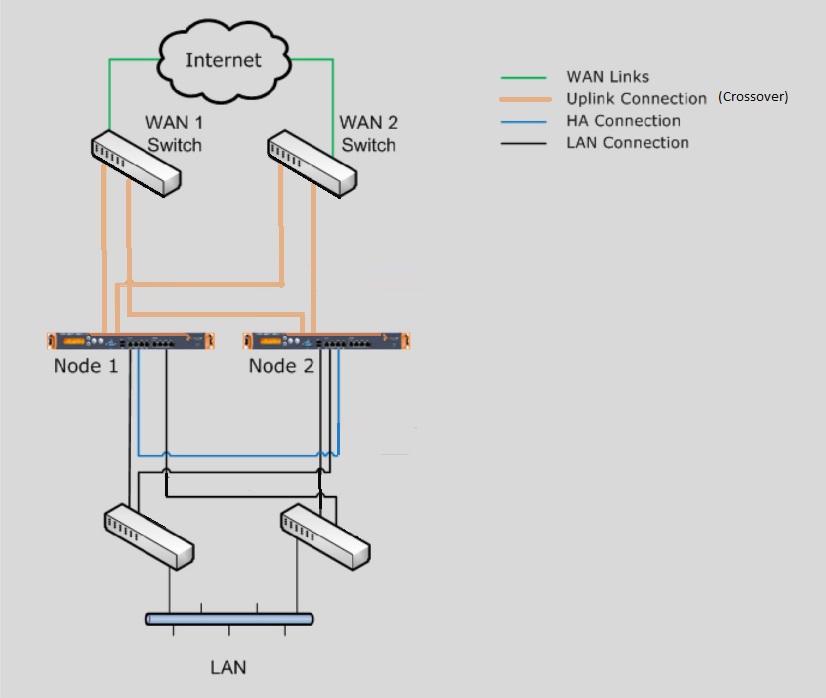Hi Guys,
Just want to check what are feature in Sophos UTM that enable in transparent mode except Web server and comparison between both mode. Thanks[:)]
This thread was automatically locked due to age.
PS MPLS is expensive and can be replaced by RED technology.
